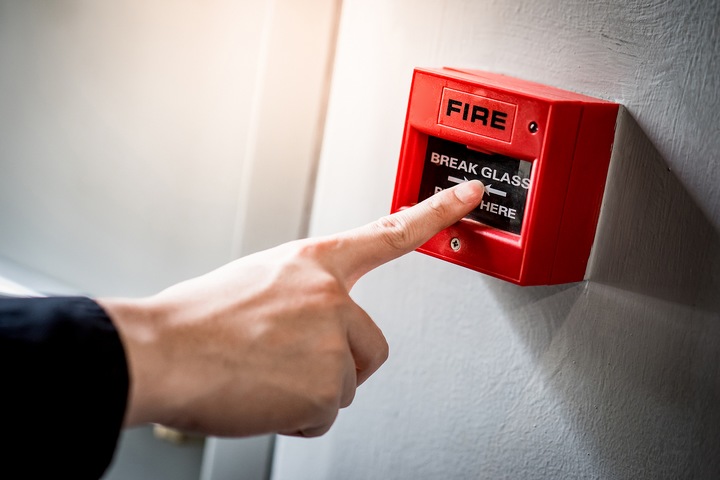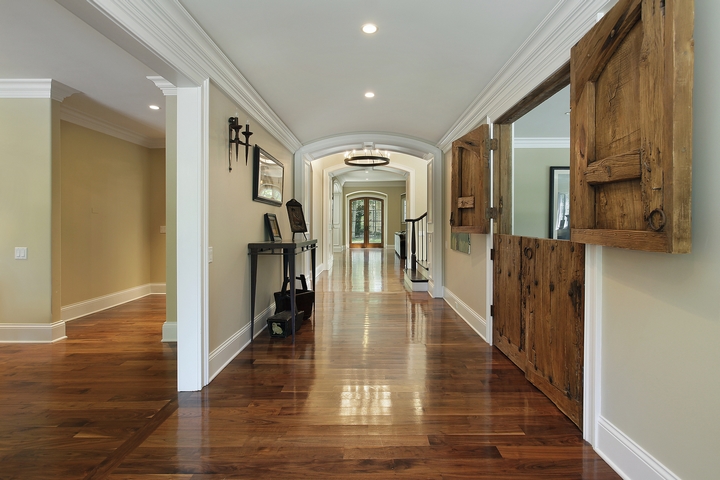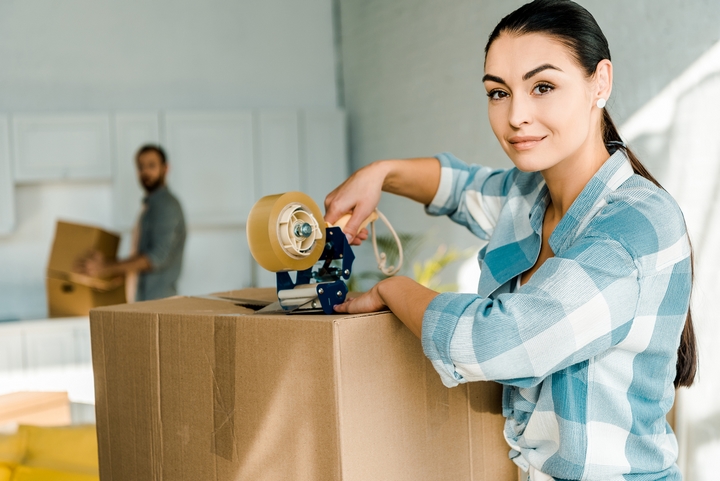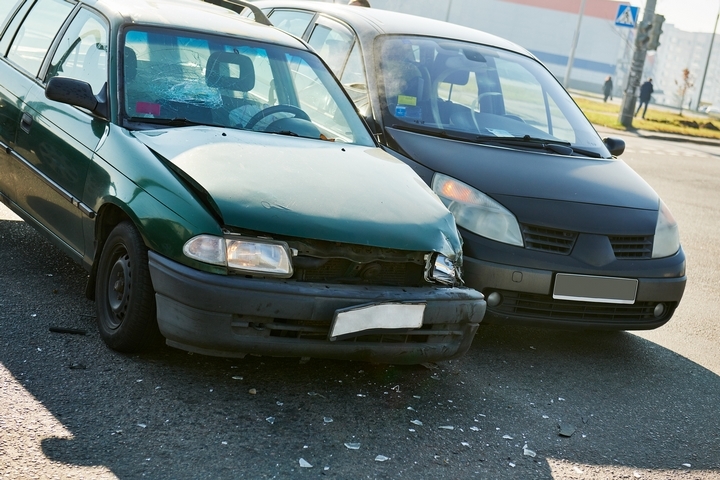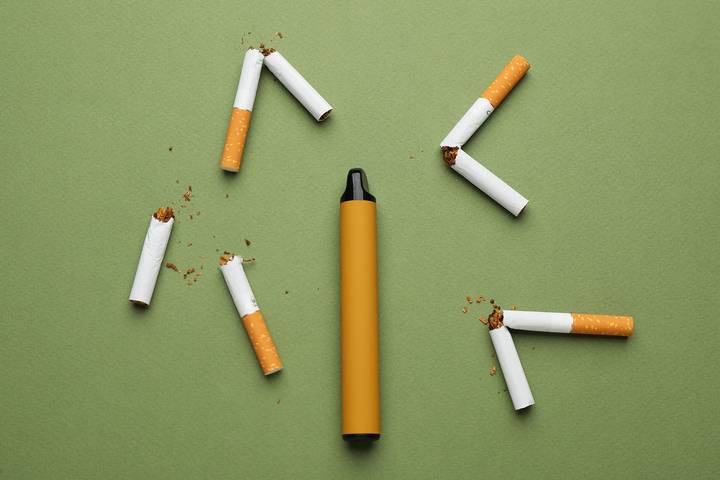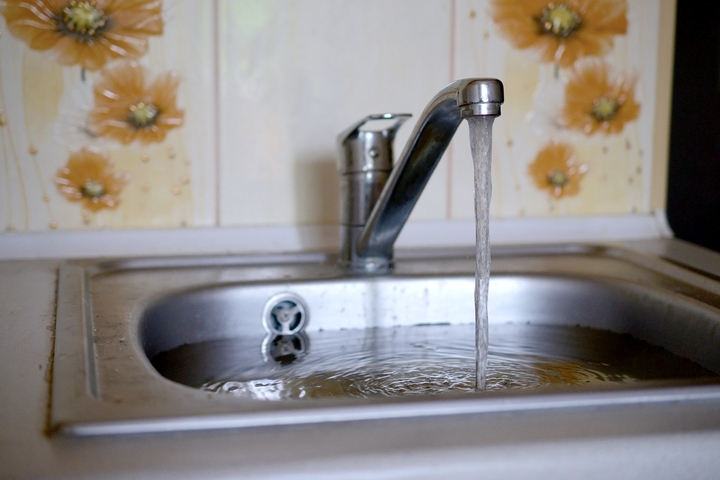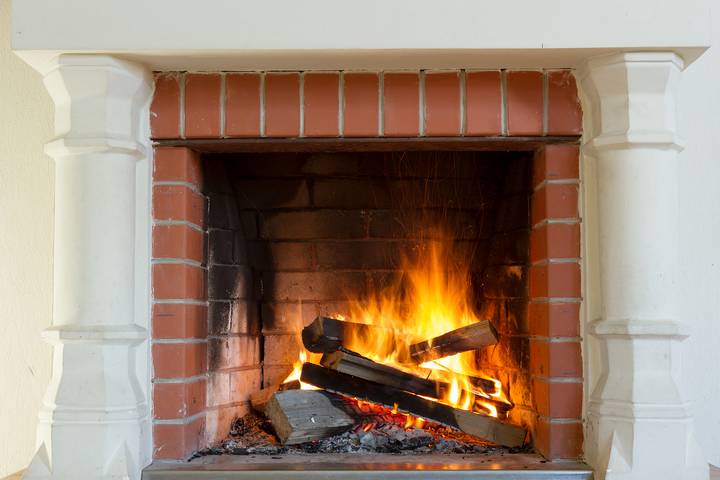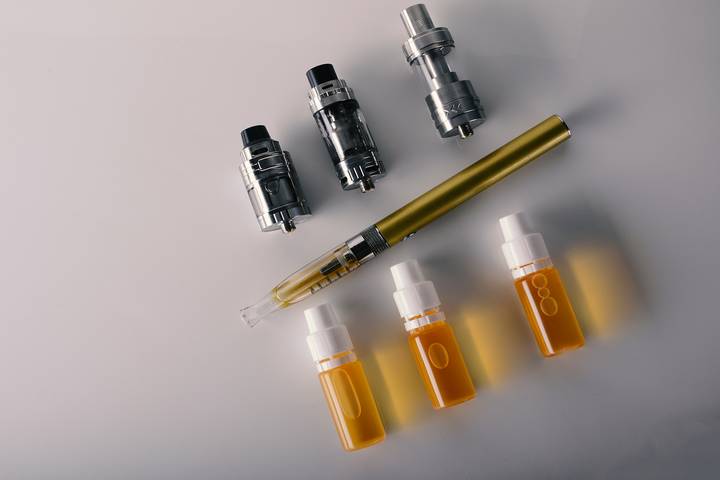Carbon monoxide (CO) happens to be an odorless gas which is produced when fuel is burning. If you are in an open space, the CO gas won’t be much of a threat, but when you are in an enclosed place, the gas becomes lethal. Proper furnace installation will prevent any chances of CO leaks. Research studies from the CDC (Centers for Disease Control) annually more than 400 people in America die from CO exposures that are not fire related. The following are the typical symptoms of CO poisoning:
- Dizziness
- A headache
- Chest pain
- Confusion
- Vomiting
- Body weakness
The most effective way of preventing any carbon monoxide poisoning in your home is by installing the CO detectors in your house. The sensors should be placed on every floor of the house and very high from the ground. Smoke alarm manufacturers have improved the technology by doubling smoke alarms to function also as carbon monoxide detectors. The CO detectors are very different and vary from one brand to another. Heating companies can also help homeowners in dealing CO leakages.
Never the less, there are some essential precautions that homeowners can take to prevent possible CO leaks in the house.
- Carrying out frequent furnace inspections by furnace experts
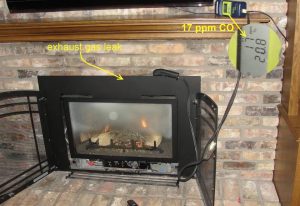
It is recommended that homeowners to organize for furnace inspects at least once in a year, so that to make the stove is still functioning correctly. The inspection period will also provide an excellent opportunity to deal with any possible furnace repairs that might be needed. The furnace experts will check for any possible CO leaks using the CO detection equipment. The two most common issues that bring about Co leakage in a furnace are:
- Dirty furnace parts or components: when you have dirty filters, blocked flue vents and any residues in your furnace can cause your furnace to have CO leakage. The solution to this problem is straightforward, frequent cleaning of your furnaces to make sure there are no dirt residues.
- A cracked heat exchanger: when using your furnace, usually the CO gas stays in the heat exchanger section until it’s exhausted out of the system. When your heat exchanger has a crack, then the gas will leak into the house. The cracked heat exchanger can be due to wear and tear or age.
With proper and regular maintenance you will have a durable furnace.
- Venting the Carbon monoxide gas into your house chimney?
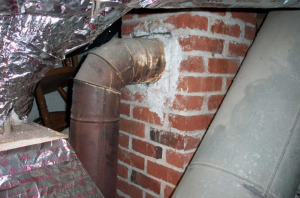
There are some houses where water heaters, clothes dryers, and furnaces, exhaust the carbon monoxide gas into the chimney. This is a very reliable and sensible arrangement if you look at it from the angle of physics. The big challenge with this idea is that the chimney liner isn’t very durable and can’t last forever. The chimney liner can crack like the heat exchanger also monitoring the chimney liner is very difficult, specialized equipment is needed for the chimney liner inspection. The inspection can be done by a furnace expert who is specialized in inspecting furnaces for CO leaks.
- Avoiding unintended backdrafting
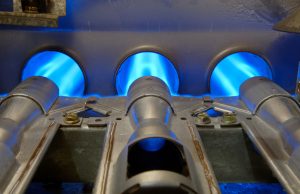
This is very common, especially when all the appliances in the house are functioning correctly. We do concur that negative pressure sometimes can be useful, but then it has to be handled with plenty of caution. Sometimes, the CO leakage occurs when nearby equipment creates negative pressure on another appliance (like a cloth dryer being used near the gas appliance). The best way to deal with this problem is creating a specific room in the house (with high and low airflow). The permanent solution would be to replace your old furnace with a model that has sealed combustion.
- Avoiding the gas fireplaces/ furnaces that are vent free
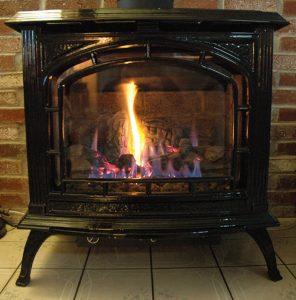
Each equipment which burns fuel in the house should exhaust all the poisonous gases out of the house. It’s not recommended to get or use a gas furnace that is vent free because it offers a higher risk of CO leakage in the house.
When using a furnace, it’s always about safety and it is evident that gas furnaces are great. However, you need to make sure the appliance is functioning properly. Still have frequent inspections done on your furnaces by a professional furnace inspection expert.
